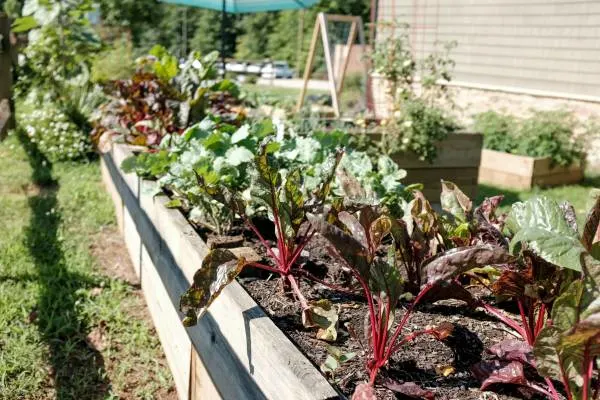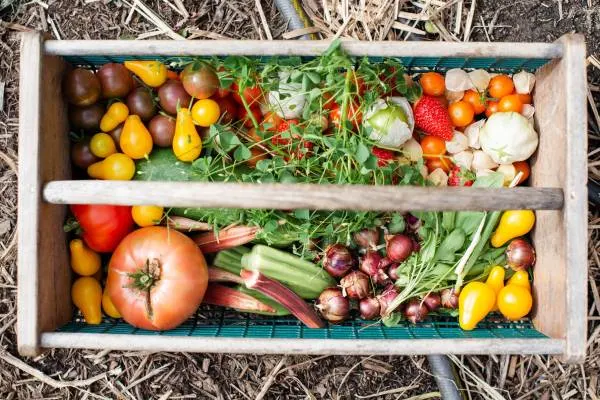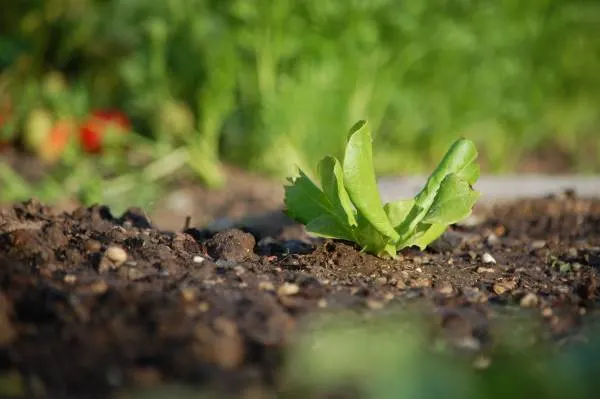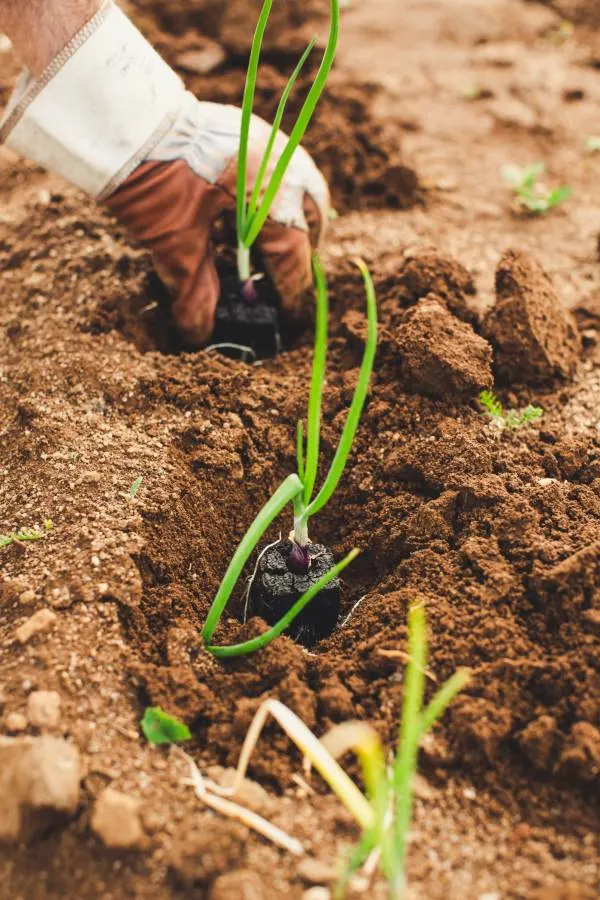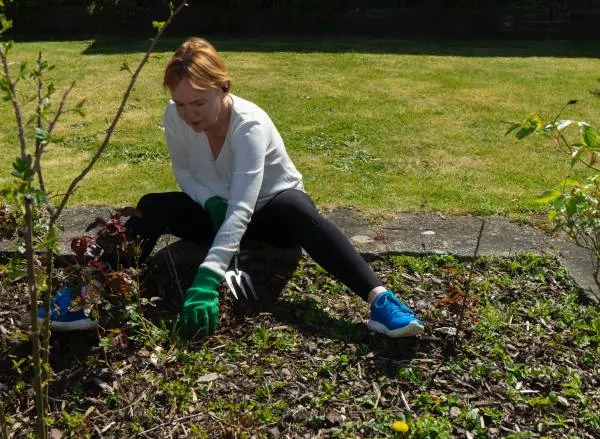Are you ready for a garden-to-table experience that’s as fresh as it gets?
Imagine plucking ripe, juicy veggies right from your backyard — it’s a dream of many gardening enthusiasts.
How to achieve that?
Well, it’s all about rolling up your sleeves and having a go at creating your own home garden. Not only is it a fantastic way to guarantee the freshest produce possible, but it’s also an economical choice.
So, let’s turn that garden dream into a bucket of beautiful veggies!
Selecting the Optimal Location for Your Vegetable Garden
Your veggies will need plenty of sunshine to grow, so pick a spot basking in the sun’s rays.
Size does matter here — you want enough room for all your greens to spread out and grow comfortably.
Oh, and don’t forget about water access!
A nearby hose or water source will make your life a lot easier, trust me.
Pro Tip: Try to find a flat area for your garden. You’ll thank yourself later when you’re not battling with erosion.
Got all that?
Fantastic!
Let’s Choose The Perfect Veggies for Your Garden
Now, let’s get to the juicy part: picking out your veggies!
This is where your taste buds come in.
Think about what you love to munch on. Are you a salad fan? Maybe you fancy a spicy stir-fry? This decision also depends on the climate and space you have. Each vegetable has its own comfort zone, so consider that when making your selection.
If you’re a gardening newbie, fear not!
There are plenty of vegetables that are perfect starters, like carrots, beans, cucumbers, peppers, and lettuce. These guys are pretty easy-going and will likely give you a great harvest, even if you’re not the greenest thumb in the shed!
So, let’s get those green fingers of yours to work!
Preparing Your Garden’s Soil
Alright, we’re onto the next step — getting the soil ready for planting!
Think of this as preparing a comfy bed where your plants can snuggle in and grow to their full potential.
- To jazz up your garden soil, consider mixing in some compost. This stuff is pure gold for your garden, packed full of nutrients that your veggies will absolutely adore. Plus, it’s an eco-friendly way to recycle kitchen scraps — a bonus!
- Next up, natural fertilizers. They’re like the multivitamins of the plant world, providing your veggies with any nutrients they might be missing. Just sprinkle them into your garden, mix them in, and voila! Nutrient-rich soil that’s ready to go.
- Now, about the soil’s acidity… your local garden supply store can help out here. They can test your soil’s pH and, if needed, recommend some supplements to balance it out.
If you don’t want to worry yourself, you can take the easy route and buy specially-made soil in bulk. Either way, once your soil is prepped and ready, it’s time to get those veggies in the ground.
You can also order wood chip mulch for your garden if you want to add a layer of protection and nutrients to your soil. Wood chips are also great for retaining moisture, keeping weeds at bay, and adding organic matter to the soil.
Planting Your Veggies: It’s All About Timing
Not all veggies play by the same rules.
Each little seedling has its own preferred growing season and ripening rhythm. So, we CAN’T just toss them all in the ground at the same time and hope for the best.
Pro Tip: Take a peek at the seed packets you’ve got. They’re like mini cheat sheets loaded with vital info. They’ll tell you exactly when each veggie should be planted. Please give them a good read, and then let’s map out a planting schedule that suits every member of your veggie squad.
Understanding their ideal conditions will be your secret weapon to growing a garden bursting with fresh, colorful produce.
Ready to get sowing?
Let’s Get Sowing the Seeds
Here’s where the seeds meet the soil.
This is the moment you’ve been waiting for — it’s time to tuck your precious seeds or baby plants into their earthy bed. Remember, each seed or plant has its own personal space bubble and sinking depth.
So, make sure you’re not crowding them or burying them too deep.
Recheck those seed packets — they’ll guide you on how far apart to space your seeds and how deep they like to be tucked in.
Stick to the rulebook here, and you’ll have your green babies sprouting up in no time!
How Do You Take Care of Weeds in Your Garden?
You didn’t put all this work into your veggie garden just to have it ambushed by unwelcome weeds, right?
So, you need to look after your garden.
It’s time to introduce your secret weapon — mulching!
Think of it as your garden’s very own superhero, swooping in to keep the pesky weed villains at bay. What you’ll want to do is cozy your plants up with a 2- to 4-inch-thick blanket of organic mulch.
This isn’t just a weed warder; it also helps regulate soil temperature and retains moisture, a win-win!
But what if those sneaky weeds do manage to creep in?
Here’s the trick: grab ’em low on their stems and give a firm yank, ensuring you have the entire root.
It’s like getting to the root of the problem, literally!
Feeding Your Garden: A Dash of This, A Pinch of That
Much like cooking, gardening is all about experimenting with different ingredients to find that perfect balance.
So, let’s talk about gently tilling the soil and keeping it rich with nutrients.
To ensure your plants are well-fed and happy, you could go the pre-made garden fertilizer route, and there’s nothing wrong with that. But why not try to whip up your own gourmet meal for your greens?
For example, a sprinkle of Epsom salt, a bit of crushed eggshells, a dash of fish tank water, and a generous helping of kitchen compost.
Sounds quirky, right?
But that’s the beauty of it!
Each ingredient adds a different nutrient to the mix, creating a balanced diet for your veggies.
Think of it as your very own secret garden treat recipe!


